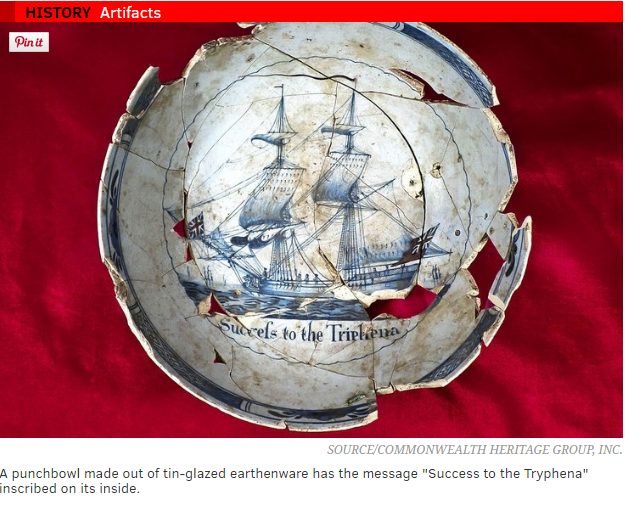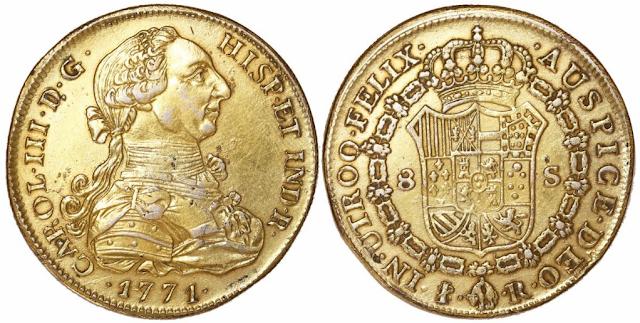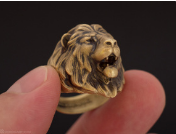Written by the TreasureGuide for the exclusive use of treasurebeachesreport.blogspot.com.
My research, using such resources as the Mel Fisher artifact database, as well as books by archaeologists and other resources supports the idea that there have been very few, if any, silver rings found on the 1715 Fleet shipwrecks. I did find one silver ring attributed to a 1715 Fleet shipwreck in Deagan's book on Spanish Colonial artifacts, but I don't know any details about where the ring came from or how it was determined to be from a 1715 shipwreck. The book doesn't tell any of that.
Most silver rings authoritatively attributed to the 1715 Fleet wrecks were either gold or copper alloy. That seems certain from everything I've been able to find.
Despite all of that, a variety of old silver rings have been found on the 1715 Fleet beaches. They are generally small and cheap and look very much like what would be called "trade goods." In some cases they were found with other items that appear to be from the 1715 Fleet wrecks, yet there is no definite proof that came from 1715 Fleet wrecks. The question remains, why are the old silver beach rings so common when there so few, if any, from found on the wrecks.
I can think of several possible answers that might explain the apparent disparity. I won't give all of those possible explanations now, but one thing that should be remembered is that the wreck beaches were busy places after the wrecks occurred. There were salvage efforts conducted immediately after the wrecks, also salvage efforts that occurred later. There were pirates and other opportunists, not to mention the activities that took place on the beaches even after the wrecks had disappeared. Just because an item appears on a wreck beach, does not mean it necessarily came from the wreck, especially if it is not an item that can be precisely dated, and those that were found on the beaches can not be precisely dated.
I didn't intend to take so much time on this topic, but I wanted to point out what appears to me to be a bit of a mystery that has yet to be solved.
Another mystery, and one that I've discussed at considerable length in the past, is why the Florida collection shows such a lack of small denomination cobs when some of the wreck beaches produce mostly small denomination cobs. Again, there are several possible answers.
Alan Craig's book on the silver coins in the Florida collection, says that small denomination cobs were kept in the colonies to be used for daily commerce rather than being shipped as bulk specie back to Spain.
There are some 1715 wreck beaches that produce predominately small denomination reales. A lot of small denomination reales come from John Brooks beach, including a lot of half reales and some one and two reales.
The large number of small denomination reales found on the beach north of Sebastian Inlet is well known. There is no known wreck off shore there, but that area is not very far from the salvage camp near the McClarty Museum.
If we put these two things together, we have cheap silver jewelry being found on the beaches but not on the wrecks, and we have more small denomination cobs being found on the beaches and more higher denomination cobs being found on the wrecks. Could the two things be related. I can think of at least one explanation that might account for both of those disparities. I won't give that hypothesis right now. I'll wait until I have it better thought out and can do a better job of presenting it. I'll also give others a chance to let me know what they think. What is your explanation?
As far as the greater number of small denomination cobs appearing on the beaches, one hypothesis that I've presented in the past has to do with the fact that smaller denomination cobs might more easily washed up onto the beach. We also know how easily small things get lost on a beach, compared to larger items. That would be true of cobs as well. And maybe the larger denomination cobs were found by beach seekers back in the sixties and seventies. That might have something to do with it as well. I'm just throwing out a couple ideas to get you thinking at this point. I haven't yet mentioned one idea that has become more interesting to me in recent days and might explain both disparities.
---
Looks like we're in for a couple of weeks of calm surf. Summer beach conditions have started. We got nothing from Bonnie.
Happy hunting,
TreasureGuide@comcast.net






























